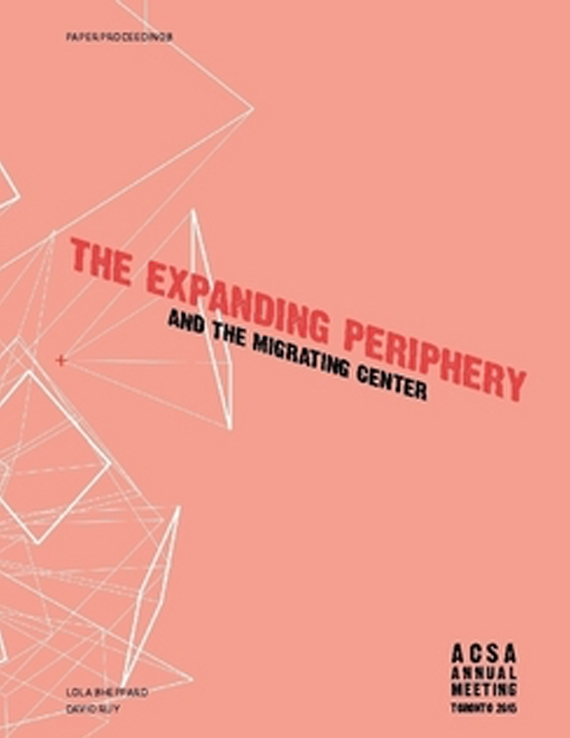Author(s): David Salomon
Ornament, style and symmetry have often been dismissed for being superficial, oversimplified and obsolete. At best they are indicators of “deeper” causes or meanings. At worst, they are harmful distractions preventing one from seeing what is “really” going on socially, scientifically, economically and politically. But the metaphors of shallow and depth, of thin veils and thick bodies, misses the point and power of things. Their logic runs in the opposite direction. Social, economic and political phenomenon can be and are generated and organized via the creation and manipulation of sensibilities. For example, the desire for a quiet, pastoral, non-urban landscape – a trope present since antiquity – is as much of a cause for suburbia as any economic policy. Likewise, symmetry is not an inflexible motif to be copied, but a robust set of aesthetic operations use to create and understand complex physical and artistic artifacts. This paper seeks to reverse the hierarchy and sequence between ideas and things, between asymmetry and symmetry, between form and ornament. It asks: What is to be gained – formally and politically – when on starts with aesthetics? Specifically, what happens when you start with symmetry? Answering these questions requires first making clear what is meant by aesthetics today. This will be done by mobilizing Marshall McLuhan’s active notion of media and Jacque Ranciere’s re-conceived idea of aesthetics as a form of politics. In doing so, this essay argues for the potential of aesthetics – and in particular, symmetry – to challenge the supremacy of rationality, efficiency, and mono-functionality for effecting positive social change.
Volume Editors
David Ruy & Lola Sheppard
ISBN
978-0-935502-95-4

 Study Architecture
Study Architecture  ProPEL
ProPEL 
